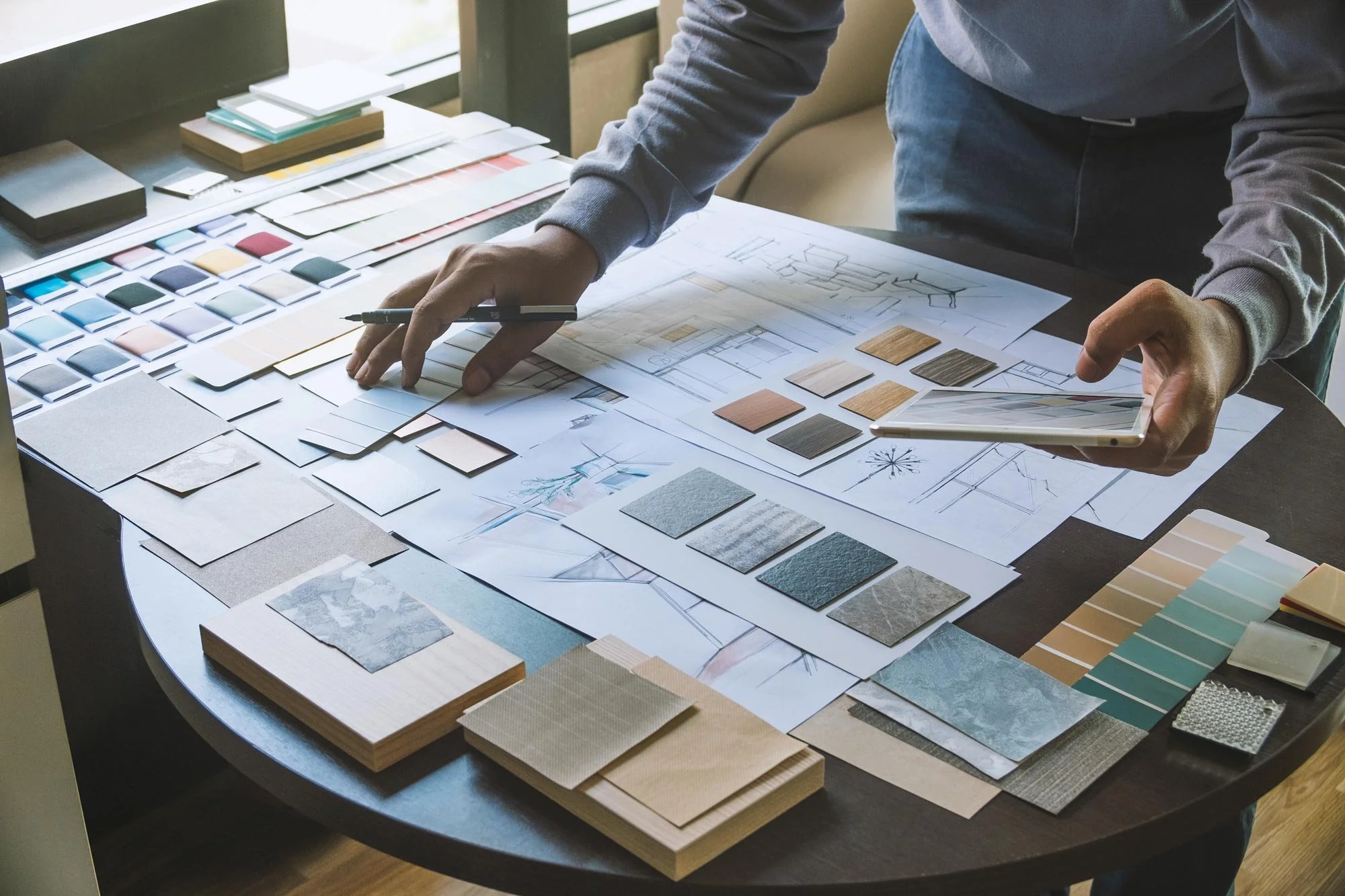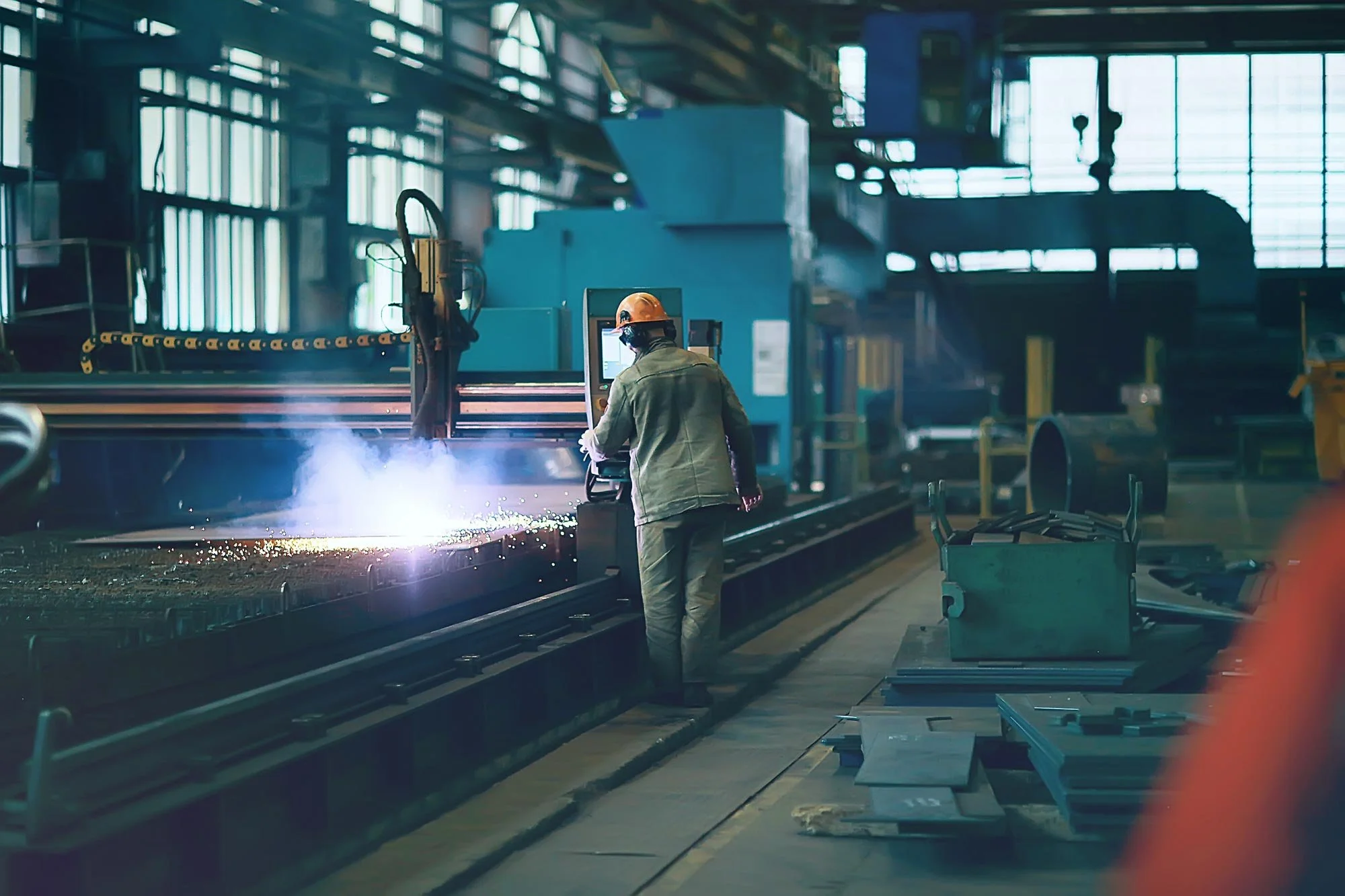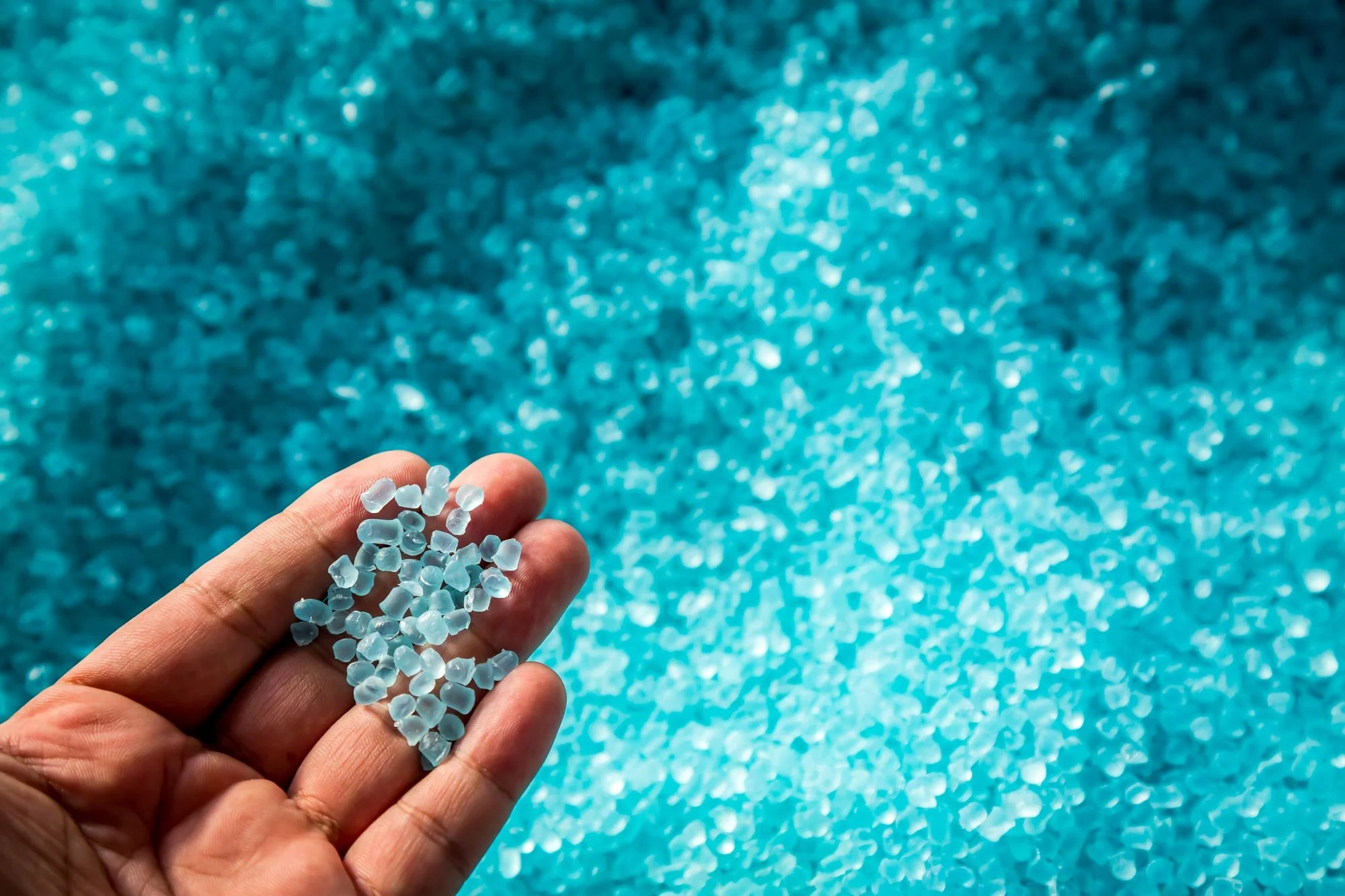Reducing Carbon Footprint: Crafting the Future with Sustainable Product Design and Manufacturing
We’ve all heard the buzzwords: sustainability, carbon footprint, eco-friendly. They’re important, but what do they actually mean for product design and manufacturing? How can we create products that meet people’s needs without adding more weight to our already-burdened planet? And just how do we balance the need for sustainability with other practical considerations?
At Alloy, sustainable design is deeply rooted in our commitment to environmental responsibility. We recognise the impact that industry and manufacturing have on our environment and strive to minimise waste, reduce energy consumption, and promote the use of sustainable materials throughout our design process. By integrating sustainability into the core of our design principles, we aim to create innovative solutions that not only meet the needs of our clients, but also contribute to the greater goal of environmental stewardship. This approach enables us to develop products that are both aesthetically pleasing and environmentally responsible, setting the standard for sustainable design in the industry and inspiring positive change, both within our community and beyond.
The first step towards sustainable product design is choosing the right materials
Are you using virgin materials that require significant energy and resources to produce? Or are you using recycled or renewable materials that have a lower carbon footprint? It seems like a no-brainer, but it’s not always that simple. You also have to consider factors like cost, durability, and user experience. Can you find a material that’s eco-friendly, affordable, and meets your product’s performance requirements? It’s a tricky balancing act, but one that’s crucial for reducing our impact on the planet.
Next up is the product life cycle
Have you considered how long your product will last? Or what happens when it’s no longer needed? Designing for durability and longevity can significantly reduce a product’s carbon footprint, but this is not without its own issues. How do you balance durability with innovation and changing consumer trends? One possible solution is a modular or upgradeable design, allowing components to be replaced or updated without discarding the whole product.
Let’s not forget about manufacturing
How can you make your production process more energy-efficient? Can you reduce waste or recycle scraps? It may seem straightforward, but then again, you have to factor in the costs. Making your manufacturing process greener can require substantial upfront investment. But think of it this way: isn’t it worth it for the long-term environmental benefits and potential cost savings? Plus, who can put a price on saving the planet?
Moving on, how about your supply chain?
Are you shipping your products across the globe? Or are you sourcing and manufacturing locally to reduce transportation emissions? Sounds like a great way to go green, right? But here’s the catch. Local sourcing and manufacturing can be more expensive and limit your options. The solution? A balanced approach. Maybe you can source some materials locally and others from further afield, or maybe you can find ways to offset your transportation emissions, like only using modern, fuel-efficient vehicles or improving the efficiency of your packaging design to fit more product into a single trip.
Lastly, let’s talk about end-of-life
What happens to your product when it’s reached the end of its useful life? Can it be recycled or composted? Or does it end up in a landfill? Designing for end-of-life is a crucial part of sustainable product design. But it also raises questions about responsibility. Is it up to the manufacturer to take back and recycle products? Or is it up to consumers to dispose of them responsibly? The answer probably lies somewhere in the middle, with manufacturers providing clear instructions and resources for proper disposal.
Conclusion
Creating a sustainable product isn’t just about ticking boxes. It’s about understanding the complexities and compromises involved and finding a balanced approach. Sure, it’s challenging. But isn’t it exciting to be part of the solution rather than the problem?
Check out this article and others on our Medium page







